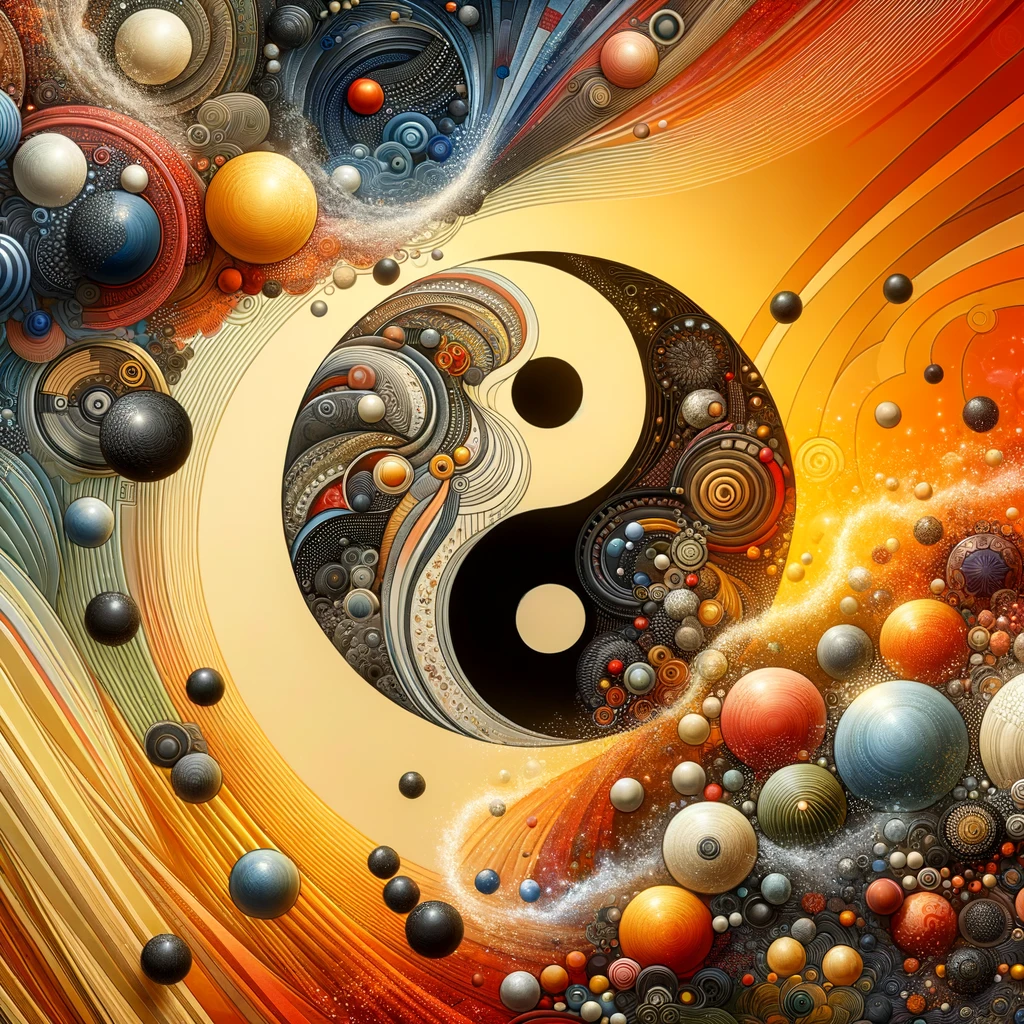Feng Shui Tips for Balancing Yin and Yang in Different Rooms
In Feng Shui, balancing the energies of Yin and Yang within different rooms is crucial to creating harmony and promoting well-being. To enhance energy flow, consider incorporating soft, flowing fabrics in spaces with predominantly Yang characteristics to introduce a Yin element. This could be achieved by adding curtains, throws, or area rugs that have gentle curves and calming colors to counteract any excess Yang energy in the room.
For areas where Yin energy predominates, such as bedrooms or meditation spaces, infuse touches of Yang elements to create a dynamic balance. This can be achieved by incorporating elements like bright colors, angular shapes, or vibrant artwork to uplift the space and prevent it from feeling stagnant. By harmonizing the Yin and Yang energies in each room, you can cultivate a space that looks visually appealing and feels energetically balanced and conducive to overall well-being.
RoomSpecific Design Ideas
When designing different rooms in your home to balance the Yin and Yang energies, consider the use of colors, textures, and furniture arrangements. For a living room, mix soft and vibrant colors to create a harmonious atmosphere. Incorporate cozy blankets, throw pillows, and curtains to add warmth and comfort. Arrange furniture to encourage conversation and connection, such as placing chairs facing each other or around a focal point like a coffee table or fireplace.
In the bedroom, focus on creating a serene environment by using calming colors like light blues or soft greens. Integrate natural materials like wood and bamboo for furniture to promote relaxation and stability. Keep the space clutter-free and organized to allow for a restful night's sleep. Enhance the Yin energy in the bedroom by incorporating soft lighting, such as bedside lamps or dimmer switches, to foster a sense of peace and calmness.
Harnessing Yin and Yang Energy with Lighting
Lighting plays a crucial role in harmonizing the yin and yang energies within a space according to Feng Shui principles. By strategically placing lighting fixtures, you can create a balanced flow of energy that positively influences the ambiance of a room. Soft, warm lights are often associated with yin energy, promoting relaxation and tranquility, while bright, cool lights are linked to yang energy, invigorating and energizing space. Combining both types of lighting in a room can create a harmonious blend of yin and yang energies, creating a well-rounded and inviting atmosphere.
Incorporating dimmer switches in your lighting design allows you to adjust the brightness levels to suit the specific needs of each room throughout the day. This flexibility enables you to adapt the energy flow according to the time of day and the activities taking place in the space. By fine-tuning the lighting to balance the yin and yang energies, you can create a dynamic environment that supports the harmony and well-being of those inhabiting the space. Remember, lighting is about illuminating a room and enhancing the energy flow to promote a sense of harmony and balance.
Illuminating Spaces Effectively
Effective lighting is crucial in enhancing the energy flow within a space according to Feng Shui principles. Through the strategic placement of light sources, it is important to strike a balance between yin and yang energies. Natural light is highly valued in Feng Shui, as it brings a sense of vitality and connects the indoors with the outdoors. Incorporating large windows, skylights, or glass doors can help invite an abundance of natural light into a room, promoting a harmonious balance of energy.
In addition to natural light, artificial lighting can play a key role in effectively illuminating spaces. Soft, warm lighting can create a cozy and inviting atmosphere, ideal for areas of rest and relaxation. On the other hand, bright and clear lighting is suitable for spaces where activity and productivity are encouraged, such as offices or study areas. By understanding the influence of different lighting styles on energy flow, one can optimize the ambiance of a room and create a harmonious environment that promotes well-being and positivity.
Integrating Yin and Yang Principles in Outdoor Spaces
Creating harmony and balance in outdoor spaces through the principles of Yin and Yang is essential for enhancing positive energy flow. To integrate these principles effectively, start by incorporating a mix of soft and hard landscaping elements. Soft elements like flowing water features, lush greenery, and curved pathways represent Yin energy, while hard elements such as stone structures, straight lines, and bright lighting embody Yang energy. By blending these contrasting elements thoughtfully, you can create a tranquil outdoor environment that promotes a sense of equilibrium and vitality.
Another way to harness the power of Yin and Yang in outdoor spaces is through the strategic placement of plants and accessories. Consider planting a variety of trees and flowers to introduce a balance of Yin (feminine, passive) and Yang (masculine, active) energy. Additionally, incorporating outdoor furniture and decor elements in pairs, such as matching chairs or symmetrical statues, can enhance the harmonious interplay between Yin and Yang forces in your outdoor design. By fusing these elements together cohesively, you can cultivate a serene and energetically balanced outdoor space that nurtures both relaxation and vitality.
Enhancing Outdoor Energy Flow
Enhancing outdoor energy flow is a key aspect of Feng Shui that can contribute to a harmonious environment. One effective way to do this is by incorporating water features such as fountains or ponds. Water is believed to attract positive energy and symbolize abundance, making it a powerful element in balancing the yin and yang energies in outdoor areas.
Another way to boost energy flow outdoors is by incorporating plants and landscaping. Plants not only add natural beauty to outdoor spaces but also help to purify the air and create a sense of tranquility. Consider incorporating a mix of tall and short plants, as well as a variety of colors and textures, to create a balanced and harmonious outdoor environment that promotes the flow of positive energy.

